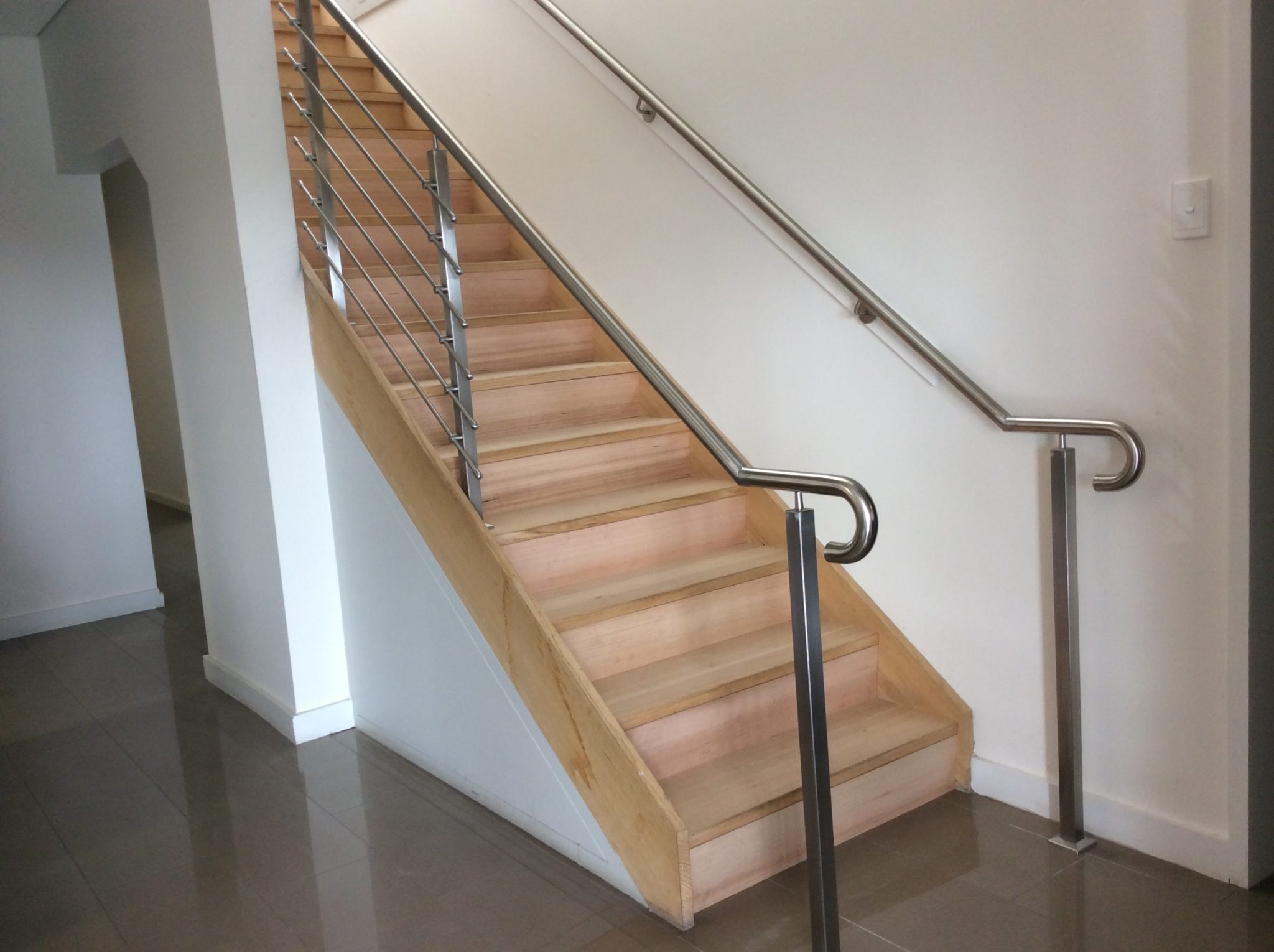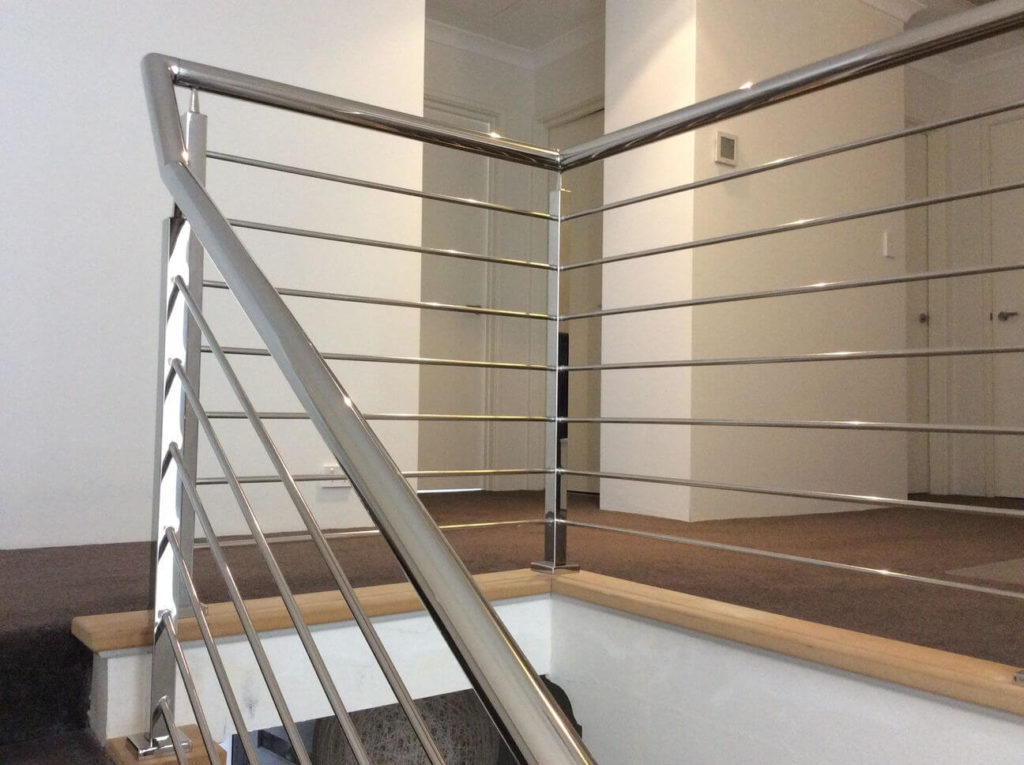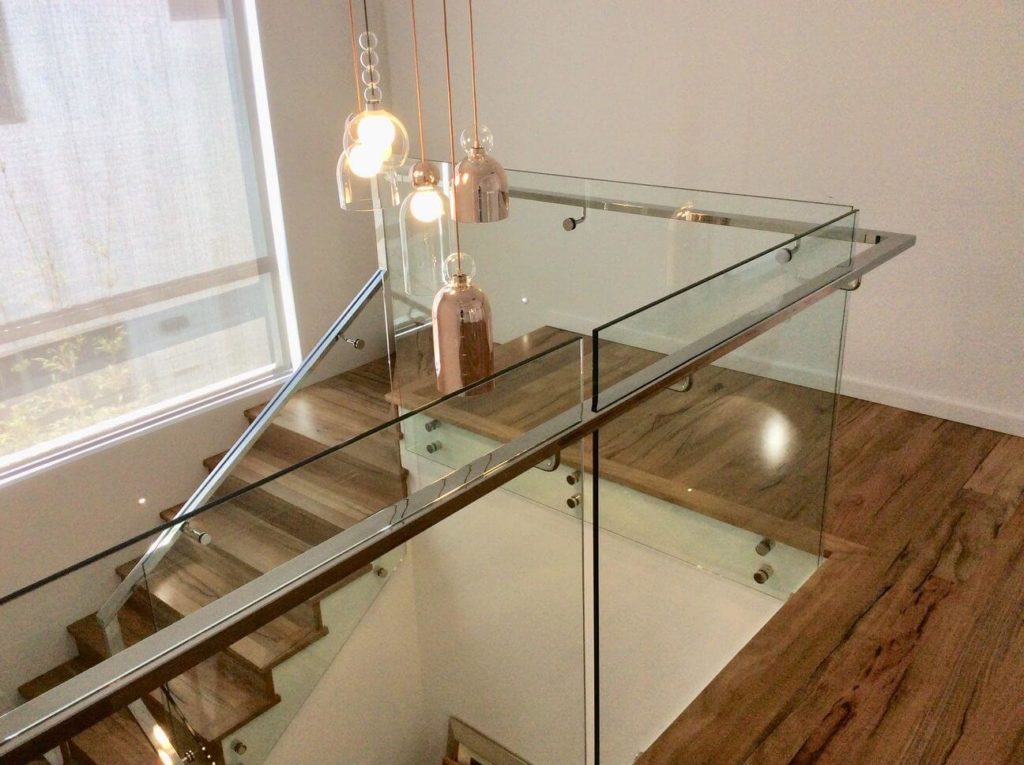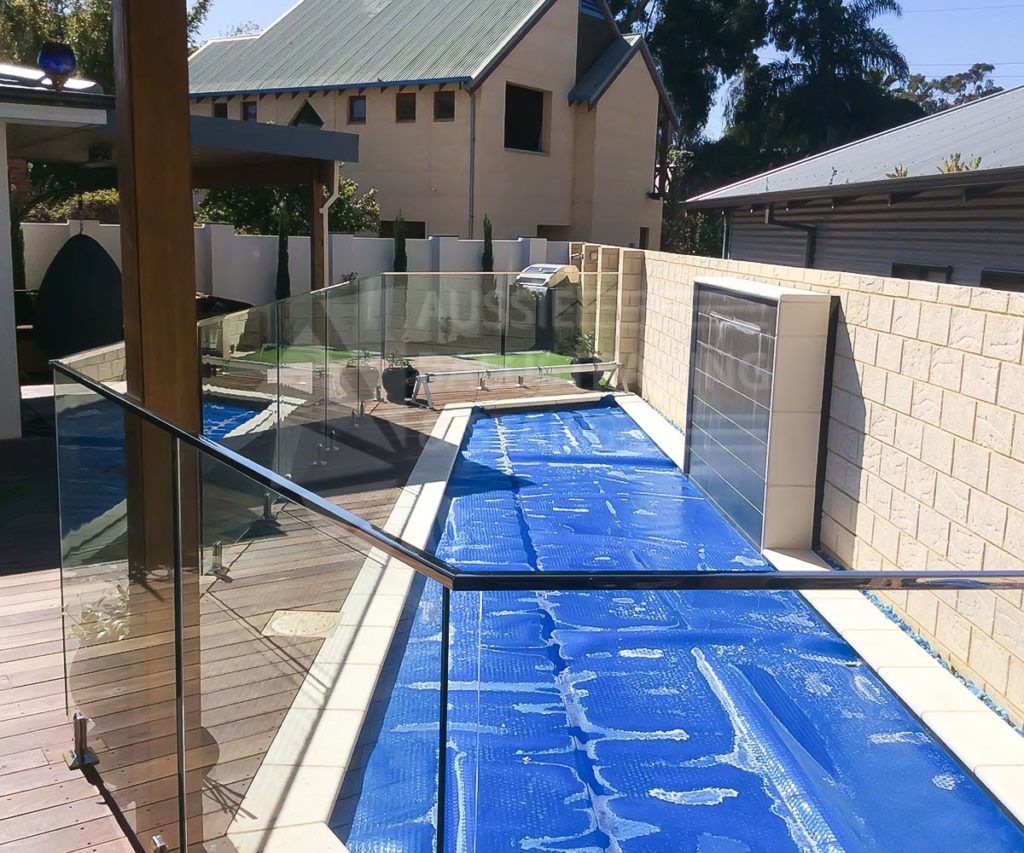The primary purpose of a balustrade is to act as a barrier to stop people from falling. Usually, you’ll see it installed around swimming pools, decks, stairways, and sometimes on balconies. However, when it comes to installing it on your personal property, note that in some cases, you’ll need to have handrails installed on them as well.
How do you know which of your balustrades need to have handrails and which do not? Well, there are many rules and regulations that’ll help you figure out whether or not you need to have the handrails installed.
Here’s how you can tell if you need handrails on your balustrade:
The Purpose of Balustrade Handrails
The primary use of balustrade handrails—or any handrails for that matter—is to be grasped by individuals, not only to support the person as he or she climbs up or down a flight of stairs, but also to add a level of safety to the balustrades by preventing the said individual from falling. As mentioned, the greatest example of this would be stair handrails.
The Regulations Specific for Balustrades
While there might be slight differences in balustrade handrail regulations across Australia, there are regulations that are the same throughout the country. First off, let’s talk about the regulations that are specific to balustrades.
When it comes to balustrades, these structures should always be installed when a surface, such as a deck or a flight of stairs, goes higher than a meter high. For any surface that is higher than four meters from the floor, a balustrade should be added and should not be climbable either.
Either way, the balustrade fixture should be at least a meter tall, and shouldn’t have any openings larger than 12.5 centimetres. Finally, the balustrades you install should be strong and sturdy, able to withstand a certain amount of force or impact.
The Regulations Specific for Handrails on the Balustrade
Now, when it comes to regulations that revolve around handrails on balustrades, you’ll not only have to think about the ones installed on the typical flights of stairs but even for the slopes that are designed for the disabled individuals.
If you’re installing this on residential property, you only have to have one side installed. However, if you want to have it installed on commercial properties, the fixture should be present on both sides of a staircase that’s wider than 1.2 meters. They should be installed at least 86.5 centimetres above the pitch line of your staircase and, in some cases, should be continuous through each flight of stairs. For handicap ramps, if the slope is more than 15 centimetres, it is highly recommended that you install handrails there as well. To add to this, the handrail should always remain parallel to the surface of the slope.
Now, when it comes to the design of the handrail itself, if the handrail is circular, the external diameter needs to be anywhere between 3 to 6.5 centimetres. If it is more square-ish, then its width and height combined should be anywhere between 7 to 10 cm. The handrail should also be installed around 5 centimetres above the balustrade to provide enough free hand movement for anyone holding onto it.
Conclusion
The regulations we’ve shared with you are only some of what you have to keep in mind. With so many rules surrounding balustrades and handrails, we highly recommend that you work with providers who can manufacture and help install the handrails and balustrades you need, ensuring that the fixtures are built up to standards. That way, not only will you stay out of trouble in case you do not satisfy a regulation, but you’ll also enjoy the safest and most attractive instalment possible.
Are you looking for quality handrails and balustrades in Perth? We’re here for you! Get in touch with us to see how we can help.




